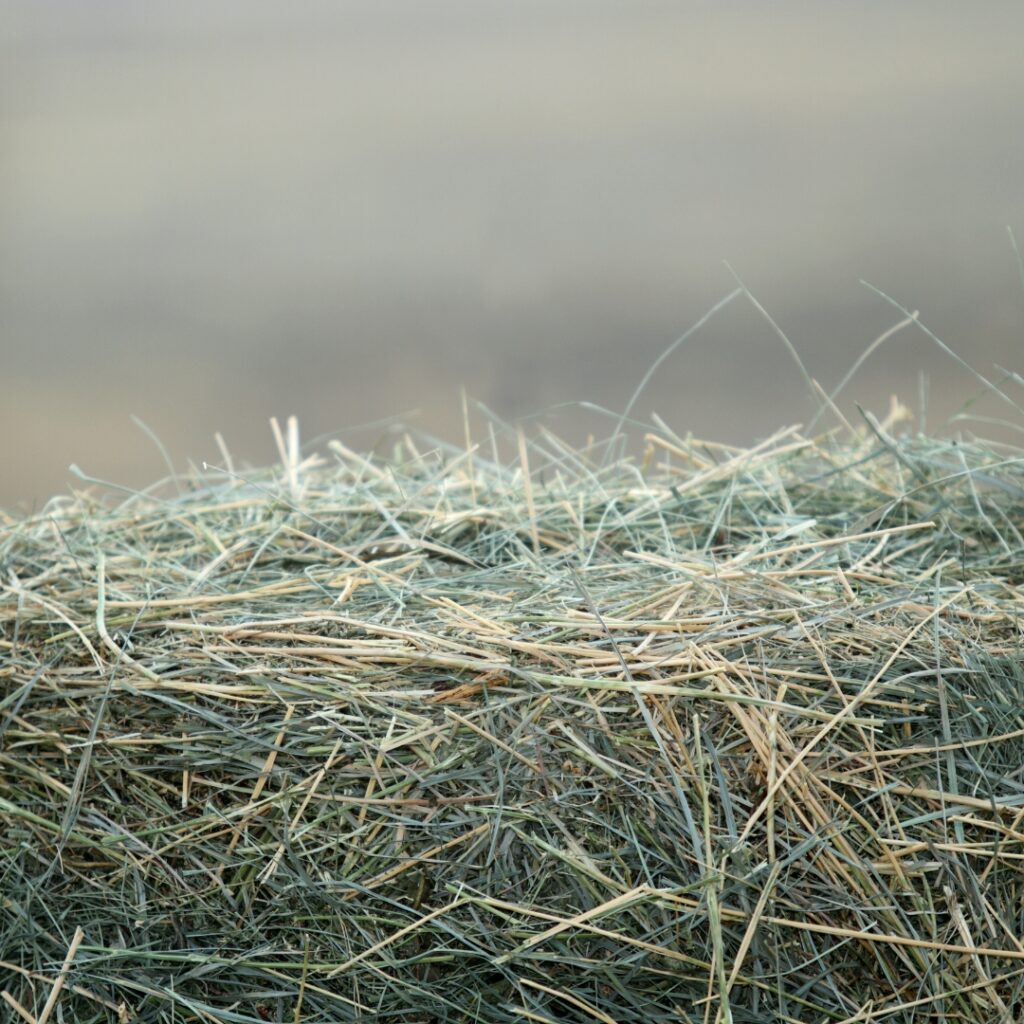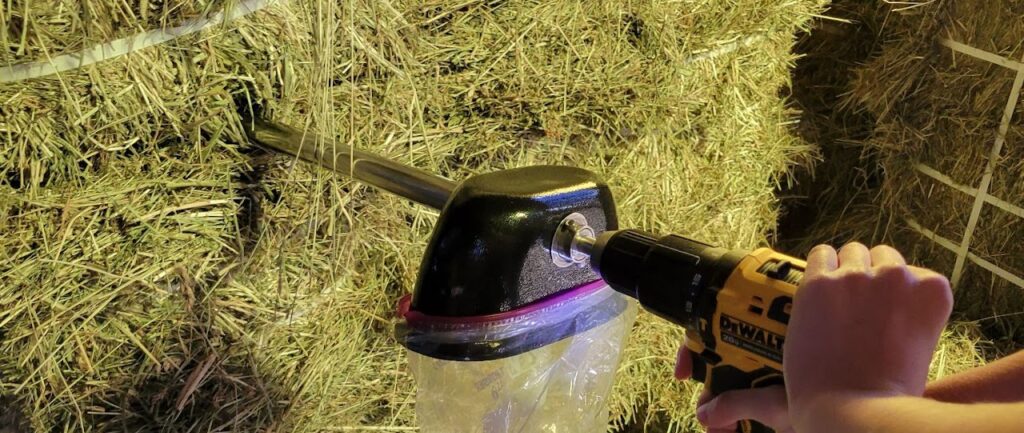
Quality of hay varies greatly, even from the same field year to year. When purchasing or harvesting your own hay, the only way to know the nutrient content is with a lab analysis. With all the time and money that goes into feeding our horses, why not know exactly what you’re feeding!!
When purchasing hay there are two options to evaluate quality. The first is a visual test, this typically involves looking at the species of grasses/legumes, the maturity of the plants, the leaf: stem ratio as well as the colour and odour. Although this is helpful, it does not determine any specific nutrient values of that forage.
To compose a balanced diet, you must know the composition of the forage. This is done with a hay sample that is sent to the lab. A hay sample involves having cores taken from multiple bales to ensure you have a good representation of the forage. Once sent to the lab, you will receive a full nutrient analysis.
This nutrient analysis provides you with information such as moisture levels, dry matter, digestibility parameters, protein content and mineral content. There are also calculated values such as non-structural carbohydrates. With this information you can work with a nutritionist to develop a feeding plan that meets your horse’s nutrient requirements.
A horse’s nutrient requirements vary with physiological state and activity level. Your horse may also have special dietary needs to take into consideration – e.g., insulin resistance.
With a hay analysis you may even reduce your feeding costs. When you can calculate and provide exactly what your horse needs, it takes the guess work out and allows adequate nutrient supply. Additionally, you will also be at ease knowing your horse is not suffering from any vitamin or mineral deficiencies that may hinder their well-being.
Contact Balanced Bay today to get your hay sampled and begin the process of getting your horse on a balanced diet!

This image shows a hay corer. This tool is used when hay sampling to ensure you are sending the lab a sample that is representative of the forage batch.
References:
National Research Council. Nutrient Requirements of Horses. (2007). National Academy Press, Washington, D.C.
Undersander, D., Morrison, J., Phillips, E., Leep, R., Peterson, P., & Sheaffer, C. (2002). Buying horse hay. Wisconsin, USA: University of Wisconsin Extension Publication.
Uotila, R., Thuneberg, T., & Saastamoinen, M. (2012). The usage of forage analyses in optimizing horse nutrition in Finland. In Forages and grazing in horse nutrition (pp. 331-334). Wageningen Academic Publishers, Wageningen.